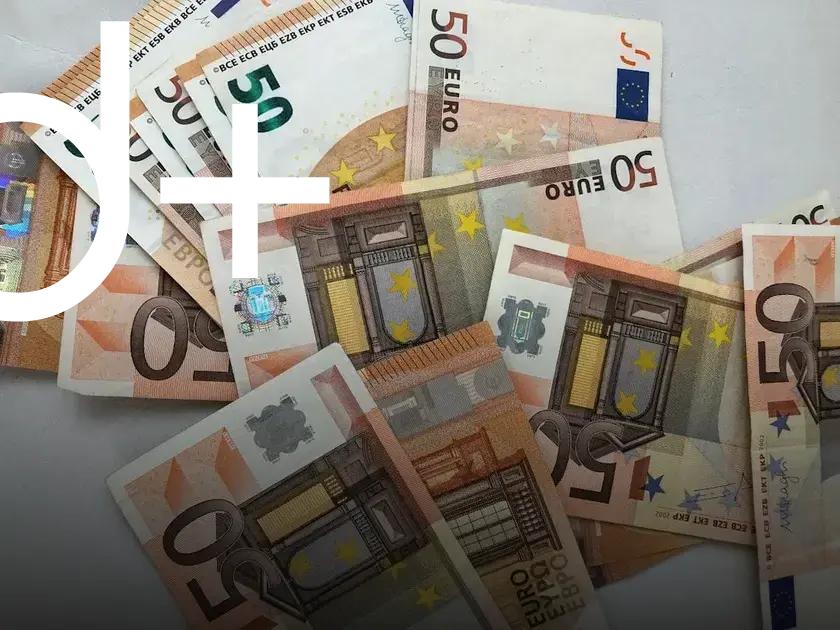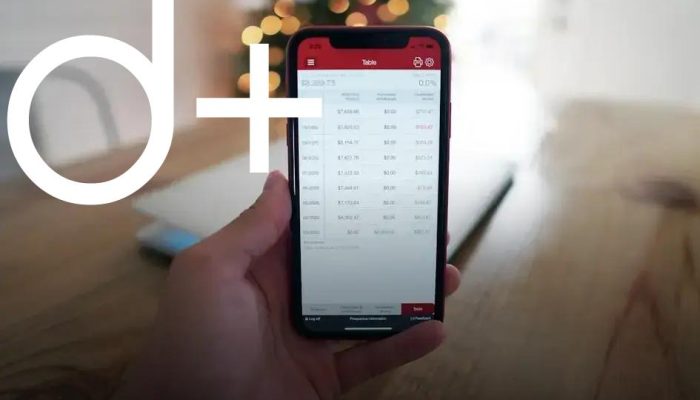In the rapidly evolving world of digital currencies, safeguarding your investments is crucial. Knowing how to protect your crypto from hacks and scams can save you from potential losses. In this guide, we’ll explore effective strategies to enhance your cyber safety by recognizing threats and verifying transactions.
Recognizing Common Threats to Your Crypto
In the dynamic world of cryptocurrency, recognizing common threats is essential for safeguarding your digital assets. Being aware of the potential dangers can significantly reduce the risks associated with using and storing crypto. Several threats are prevalent in the crypto space, and knowing how to identify them is the first step in defense.
Phishing Attacks
One of the most rampant threats involves phishing scams. These often manifest as emails or messages that mimic legitimate sources, tricking users into revealing sensitive information. Always double-check URLs and verify the sender’s authenticity before clicking any links or downloading attachments.
Malware
Another concern is malware specifically designed to target cryptocurrency transactions. These malicious programs can log keystrokes or alter transaction details. Keep your antivirus software up-to-date and conduct regular scans to detect and remove any potential threats.
Fake Wallets
Ensure your cryptocurrency is stored in reputable wallets. Fake wallet apps can steal your assets by pretending to be legitimate. Download wallet applications only from trustworthy sources and be cautious of newly launched apps with limited reviews.
Social Engineering
Be aware of social engineering tactics, where hackers exploit personal interactions to gain information. This could happen through phone calls, social media, or even in-person conversations. Never disclose personal information or account details without authentic verification.
By understanding and identifying these common threats, crypto users can implement measures to protect their investments and navigate the crypto landscape with confidence.
Implementing Strong Password Strategies

To safeguard your cryptocurrency investments, it’s crucial to implement strong password strategies. A robust password system fortifies your defenses against malicious actors. Start by using a combination of uppercase, lowercase, numbers, and symbols. Avoid common words or phrases and refrain from using personal information that can be easily guessed.
Consider using a reputable password manager. These tools help create and store complex passwords securely, allowing you to maintain distinct passwords for each account without memorizing them all. This practice reduces the risk of multiple accounts being compromised if one password is exposed.
Enable two-factor authentication (2FA) whenever possible. This adds an extra layer of security, requiring a second form of verification. Many exchanges and wallets offer this feature, which can include a text message code or an app-based authenticator.
Regularly update your passwords and change them if you suspect any security breaches. Aim to refresh them every few months to stay ahead of hackers that may try to use old credentials. Strong passwords should be dynamic, adapting over time to enhance security measures.
Lastly, be cautious of phishing attacks. Ensure that any emails or messages requesting password changes are legitimate. Directly navigate to the official website rather than clicking links in emails or texts to verify any suspicious activities.
Using Encrypted Wallets for Security
When it comes to safeguarding your cryptocurrency, encrypted wallets are a cornerstone of security. Encrypted wallets leverage advanced algorithms to protect your private keys, which are crucial to accessing your digital assets. Without proper encryption, your wallet is like an open vault to hackers.
Encryption refers to converting readable data into an unreadable format. Only those with the appropriate decryption key can access the original information. This ensures that even if someone gains unauthorized access to your wallet, they cannot decipher your crypto’s private keys. Choosing a wallet with robust encryption can be a significant step toward securing your investments.
Look for wallets that offer end-to-end encryption to ensure that your data remains private throughout transactions. Cold wallets, which are offline storage solutions, typically provide an enhanced level of security against online threats. However, if you opt for online (or hot) wallets for convenience, make sure they employ strong, industry-standard encryption.
Furthermore, many encrypted wallets offer the option to set up two-factor authentication (2FA). This adds an extra layer of security by requiring not just a password, but another form of verification, like a code sent to your mobile device.
Remember that even the most secure wallets demand responsible usage. Regularly update your wallet software to the latest version, ensuring you have the most recent security patches.
For the truly security-conscious, some services provide multisig wallets, requiring multiple private key holders to approve a transaction. This can significantly thwart a cyber attacker’s attempt to move your funds without authorization.
Verifying Transactions to Avoid Scams

One of the crucial steps to protect your crypto from scams is verifying every transaction. Cybercriminals often attempt to mislead users into sending their cryptocurrency to fraudulent addresses. To prevent this, always double-check the recipient’s wallet address before confirming any transaction.
Ensure you use trusted software or exchange platforms that have integrated features for transaction verification. These platforms often highlight suspicious activities or anomalies in transaction patterns that might indicate a scam attempt. Implementing this additional layer of vigilance could save you significant financial loss.
When conducting transactions, prefer using platforms that offer serialized transactions, providing you with a unique identifier for each operation. This makes it easier to track the transaction journey and ensure it’s not tampered with midway. Pairing it with transaction alert systems that notify you of any movement in your wallet can also bolster your security measures.
Employ multi-factor authentication (MFA) across platforms to secure additional verification steps before allowing any transaction, safeguarding your assets from unauthorized access. Lastly, remember to carefully review transaction amounts, as scammers might manipulate decimal points to deceive users.
Ensuring Secure Connections Online
In today’s digital age, ensuring secure connections online is critical to protecting your crypto assets. One fundamental step is always using websites with HTTPS, which indicates a secure connection. Avoid entering sensitive information or passwords on HTTP sites, as your data isn’t encrypted and can be intercepted by hackers.
Another best practice is using a reliable Virtual Private Network (VPN) especially on public Wi-Fi. A VPN encrypts your internet traffic, making it difficult for malicious actors to access your information. Make sure the VPN provider you choose does not log user activity to maintain your privacy.
Enabling two-factor authentication (2FA) adds an extra layer of security, making it harder for unauthorized users to access your accounts. Even if someone steals your password, they would still need another verification method to gain access.
Be cautious about phishing attempts that try to trick you into providing sensitive information. Verify the website’s URL before entering any credentials and watch for misspellings or unexpected redirects that signal a scam.
Lastly, keep your software and devices up to date with the latest security patches to protect against vulnerabilities. Regular updates fix security flaws that hackers might exploit.







![BANNER 1 - HOME [QUADRADO]](https://dailyfindinvestment.com/wp-content/uploads/2025/01/BANNER-300-X-300.gif)
